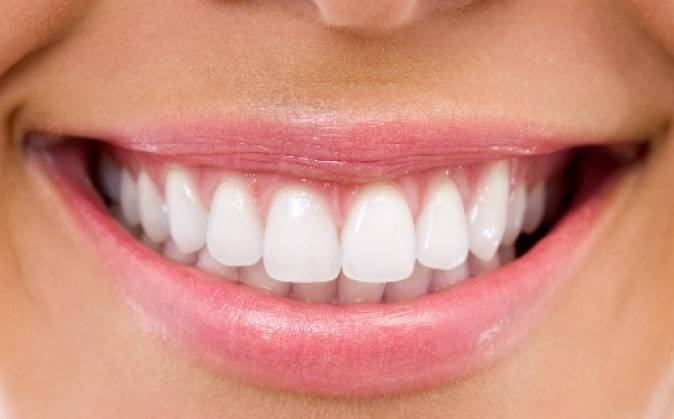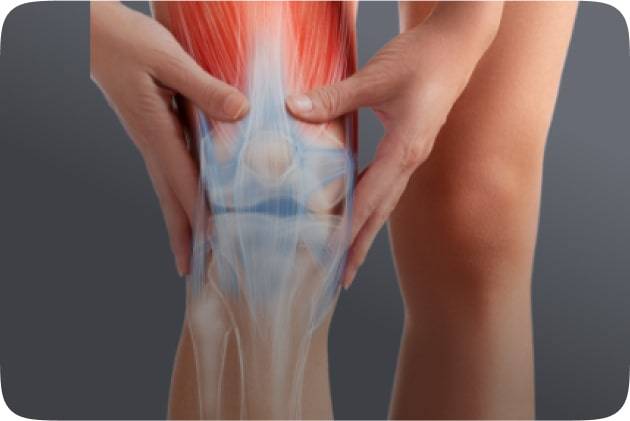Shoulder Dislocation in Athletes: Physiotherapy and Performance Recovery
Shoulder dislocation is a common injury among athletes, particularly those involved in contact sports or activities that place high demands on the shoulder joint. The road to recovery from a shoulder dislocation can be challenging, especially for athletes eager to return to their sport at full capacity. In such cases, the role of physiotherapy in the rehabilitation process is crucial for ensuring optimal recovery and performance restoration.
Understanding Shoulder Dislocation in Athletes
Athletes experiencing a shoulder dislocation often face not only physical discomfort but also psychological stress due to the potential impact on their sporting career. Shoulder dislocations can result from traumatic events, overuse injuries, or underlying shoulder instability issues. The initial management usually involves reducing the dislocation, followed by a comprehensive rehabilitation plan to regain strength, stability, and mobility in the shoulder joint.
Physiotherapy: The Cornerstone of Recovery
Physiotherapy plays a fundamental role in the recovery journey of athletes recovering from shoulder dislocation. A skilled physiotherapist designs a personalized rehabilitation program tailored to the athlete’s specific needs, considering factors such as the severity of the injury, the athlete’s sport-specific requirements, and the timeline for return to play. The physiotherapy interventions aim to:
-
Reduce Pain and Inflammation: Through modalities such as ice therapy, ultrasound, or electrical stimulation, physiotherapy helps manage pain and swelling in the acute phase of recovery.
-
Restore Range of Motion: Controlled and progressive exercises are implemented to improve the flexibility and mobility of the shoulder joint without compromising its stability.
-
Rebuild Strength and Stability: Specific strengthening exercises target the muscles around the shoulder joint to enhance stability and reduce the risk of future dislocations.
-
Enhance Proprioception and Neuromuscular Control: Balance and coordination exercises improve the athlete’s body awareness, helping prevent re-injury by enhancing control over shoulder movements.
Performance Recovery through Physiotherapy
For athletes, returning to their sport after a shoulder dislocation is more than just physical healing—it’s about rebuilding confidence and performance capabilities. Physiotherapy aids in this process by gradually reintroducing sport-specific drills, functional movements, and strength training exercises to simulate the demands of the athlete’s sport. The gradual progression helps athletes regain confidence in their shoulder while restoring optimal performance levels.
The Road Back to Sport
Navigating the journey back to sport post-shoulder dislocation requires patience, dedication, and expert guidance. Physiotherapy serves as a supportive companion throughout this process, offering not only physical rehabilitation but also emotional support and encouragement. By working closely with a physiotherapist, athletes can enhance their recovery, minimize the risk of re-injury, and ultimately resume their athletic endeavors with strength and resilience.
In conclusion, the partnership between athletes and physiotherapists is essential in achieving a successful recovery from a shoulder dislocation, empowering athletes to reclaim their performance prowess, and continue pursuing their sporting goals with confidence and determination.
For athletes recovering from a shoulder dislocation, the path to performance restoration is paved by the expertise and guidance of physiotherapy, promoting a safe and efficient return to sport. Check out our website Healic, and get your appointment now.










